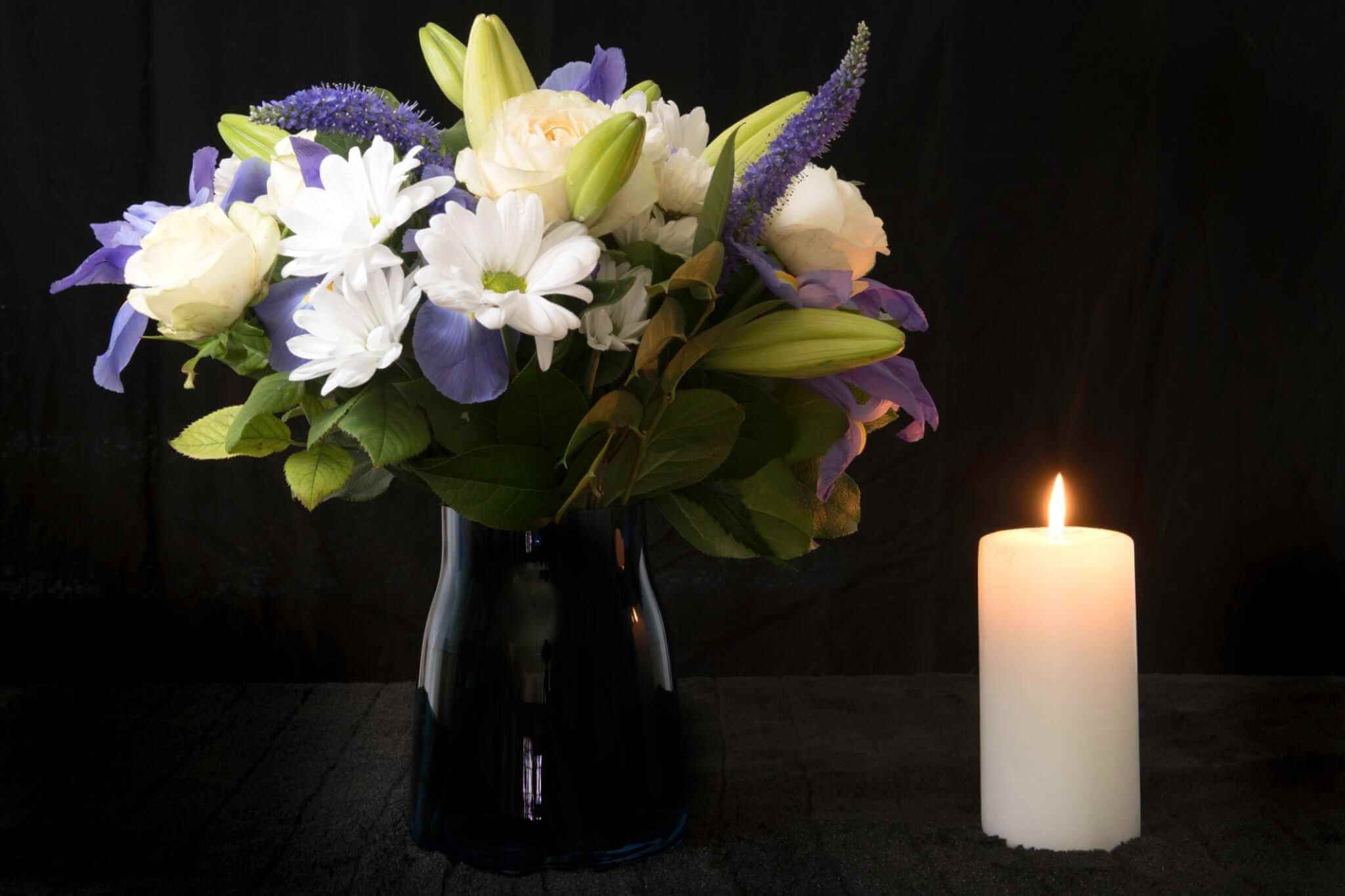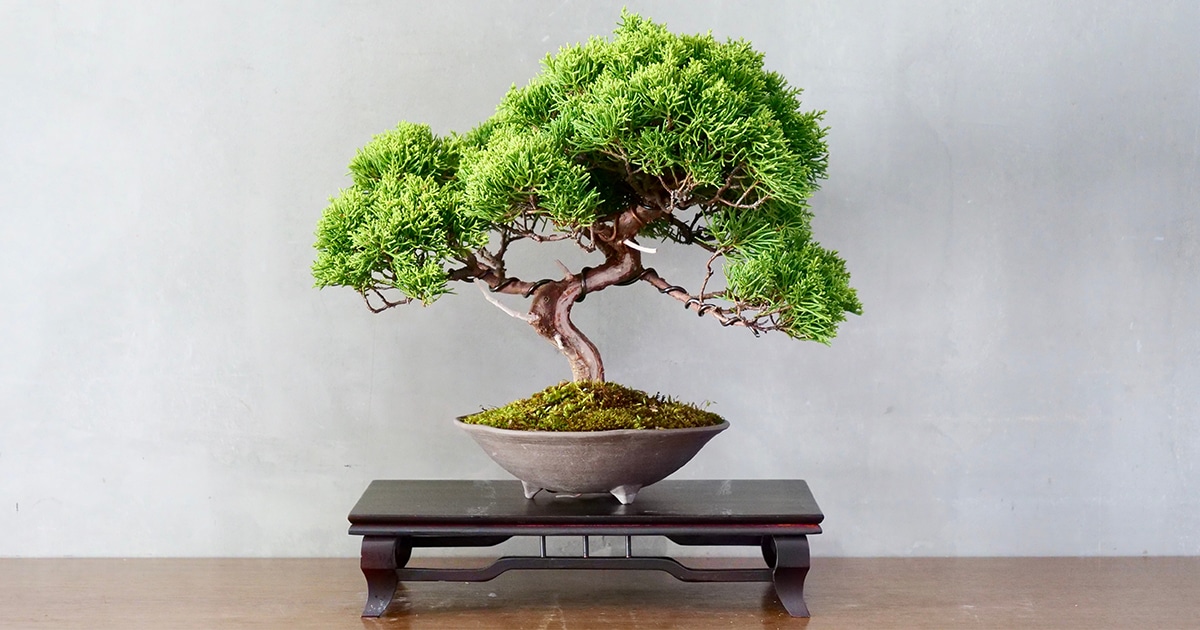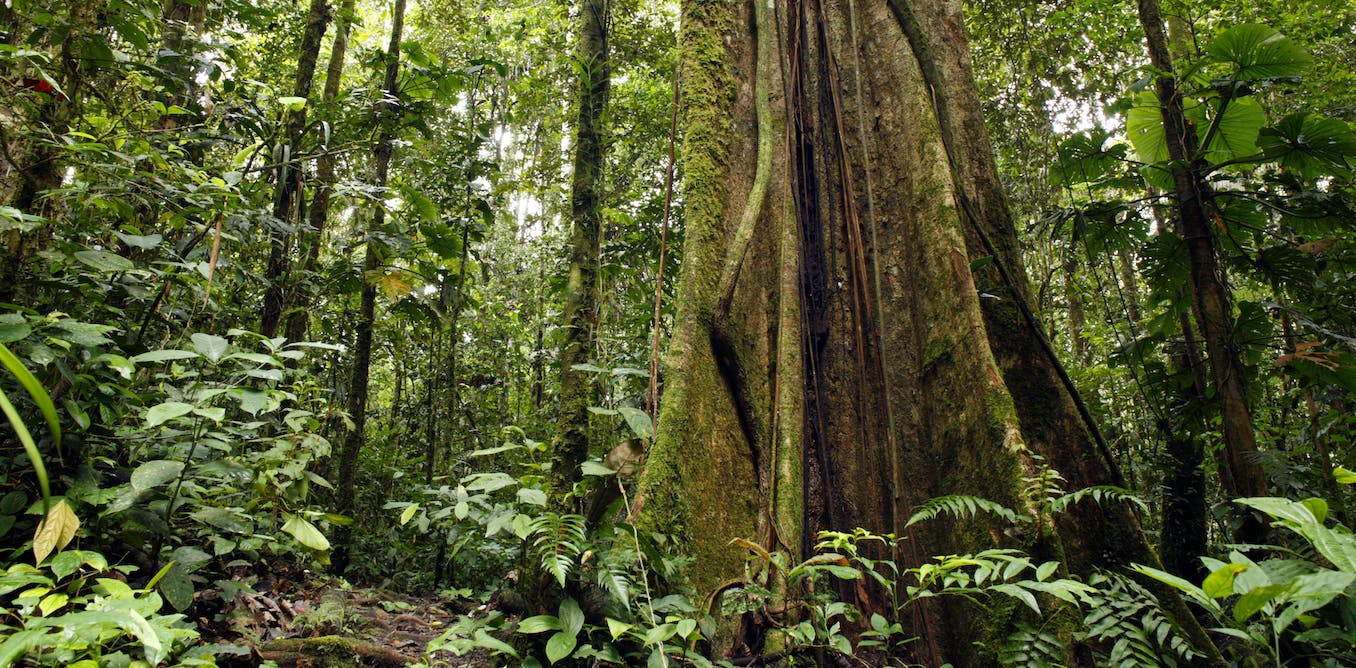Home>Types of Gardening>Ornamental Gardening>What Kind Of Wire Do You Use For A Bonsai Tree


Ornamental Gardening
What Kind Of Wire Do You Use For A Bonsai Tree
Modified: January 22, 2024
Discover the best wire for shaping and training your bonsai tree in this comprehensive guide. Find out how to achieve stunning results with our expert advice. Perfect for ornamental gardening enthusiasts!
(Many of the links in this article redirect to a specific reviewed product. Your purchase of these products through affiliate links helps to generate commission for Chicagolandgardening.com, at no extra cost. Learn more)
Table of Contents
Understanding the Art of Bonsai Tree Wiring
Introduction
Welcome to the enchanting world of bonsai trees, where the art of cultivation intertwines with the mastery of shaping and sculpting miniature trees. One of the most essential techniques in bonsai cultivation is wiring, a method that allows enthusiasts to guide the growth and form of their trees with precision and artistry. In this article, we will delve into the intricate practice of wiring bonsai trees, exploring the types of wire suitable for this purpose, the factors to consider when choosing the right wire, and the application of wire to achieve desired results.
Bonsai, a Japanese art form that dates back centuries, encapsulates the harmony between nature and human intervention. The meticulous shaping and nurturing of these miniature trees reflect the reverence for the passage of time and the beauty of the natural world. Central to the art of bonsai is the concept of "bonsai wiring," a method that enables practitioners to influence the direction and posture of branches, ultimately crafting the desired aesthetic and structural expression.
As we embark on this journey, it is crucial to recognize the significance of selecting the appropriate wire for bonsai trees. The choice of wire not only impacts the effectiveness of the wiring process but also plays a pivotal role in ensuring the health and vitality of the bonsai tree. By understanding the nuances of bonsai wiring, enthusiasts can elevate their cultivation practices, fostering the growth of magnificent miniature trees that embody elegance, resilience, and the enduring spirit of nature.
Understanding the Importance of Choosing the Right Wire
When it comes to wiring bonsai trees, the selection of the appropriate wire holds profound significance, influencing the success of the shaping process and the well-being of the tree. The primary purpose of using wire in bonsai cultivation is to guide the growth of branches and trunks, allowing practitioners to sculpt the desired form and silhouette. However, the choice of wire goes beyond mere functionality; it directly impacts the tree’s health, development, and the realization of the artist’s vision.
One of the key considerations in choosing the right wire for bonsai trees is the material from which the wire is crafted. Aluminum and copper are the two primary types of wire used in bonsai cultivation. Aluminum wire is favored for deciduous trees due to its flexibility and ease of application, while copper wire, though less pliable, is preferred for coniferous trees as it provides greater holding strength and durability. Understanding the specific needs of the tree species is crucial in determining the most suitable wire material, ensuring that the wiring process aligns with the tree’s growth patterns and characteristics.
Beyond material, the thickness of the wire, often referred to as its "gauge," is a critical factor in wire selection. The gauge of the wire dictates its strength and the degree of flexibility it offers. Selecting the appropriate gauge involves a delicate balance; the wire must be sturdy enough to hold the branches in place without causing damage, yet flexible enough to allow for gentle manipulation without constricting the tree’s natural growth. By carefully assessing the thickness of the branches and considering the desired degree of movement, practitioners can determine the ideal gauge for their wiring needs.
Furthermore, the duration of time the wire will remain on the tree is a crucial aspect to contemplate. Different tree species and individual growth rates necessitate varying durations of wiring. While some trees may require only a few months of wiring to set the desired shape, others may demand a year or more to achieve the desired form. Selecting wire with the appropriate durability and resistance to corrosion is essential to ensure that it can effectively support the tree throughout the required period without causing harm or impediment to growth.
Types of Wire for Bonsai Trees
When it comes to wiring bonsai trees, selecting the right type of wire is crucial for achieving the desired results while safeguarding the health and vitality of the tree. Two primary types of wire are commonly used in bonsai cultivation: aluminum wire and copper wire. Each type possesses distinct characteristics that cater to the specific needs of different tree species and the nuances of the wiring process.
Aluminum Wire: Renowned for its flexibility and ease of use, aluminum wire is a popular choice for shaping deciduous trees in the art of bonsai. Its malleability allows for gentle manipulation, enabling practitioners to guide the growth of branches with precision. Aluminum wire is available in various thicknesses, providing options to accommodate the diverse requirements of different tree species. Additionally, aluminum wire is lightweight and resistant to corrosion, making it suitable for a wide range of bonsai cultivation applications.
Copper Wire: While less pliable than aluminum wire, copper wire offers superior holding strength, making it an ideal choice for shaping coniferous trees and other species with robust branches. The sturdiness of copper wire enables it to maintain the desired position of branches over an extended period, contributing to the creation of well-defined and enduring bonsai designs. It is important to note that copper wire should be carefully applied, as its strength can potentially cause damage if not used with precision and caution.
Both aluminum and copper wire play integral roles in the art of bonsai cultivation, offering practitioners the means to sculpt and refine the form of their trees with artistry and finesse. Understanding the distinctive properties of each type of wire empowers enthusiasts to make informed decisions, aligning the wiring process with the specific requirements of the tree species and the envisioned design.
Factors to Consider When Choosing Wire
Choosing the right wire for bonsai trees entails a thoughtful evaluation of various factors to ensure that the wiring process aligns with the specific needs of the tree and the desired aesthetic outcome. Several key considerations come into play when selecting wire for bonsai cultivation, encompassing the material, gauge, and duration of application, among other crucial aspects.
Tree Species and Growth Patterns: The unique characteristics and growth patterns of the tree species being cultivated significantly influence the choice of wire. Deciduous trees, known for their flexible branches, are well-suited to aluminum wire due to its pliability, while coniferous trees with sturdier branches benefit from the strength of copper wire. Understanding the growth tendencies and responsiveness of the tree species to wiring is essential in determining the most suitable wire material.
Wire Gauge: The thickness of the wire, often referred to as its gauge, plays a pivotal role in the wiring process. Selecting the appropriate gauge involves assessing the strength and flexibility required to shape the branches without causing damage. The gauge of the wire should be tailored to the size and resilience of the branches, ensuring that it provides ample support while allowing for gentle manipulation to achieve the desired form.
Duration of Wiring: Different tree species and individual growth rates dictate varying durations of wiring. Some trees may require only a few months of wiring to set the desired shape, while others may necessitate a year or more to achieve the envisioned form. Considering the duration for which the wire will remain on the tree is crucial in selecting wire that offers the necessary durability and resistance to corrosion, ensuring that it can effectively support the tree throughout the required period.
Health and Growth Considerations: The well-being of the bonsai tree is paramount when choosing wire, as the wiring process should not impede its growth or cause harm. Careful assessment of the tree’s current health, vigor, and growth stage is essential in determining the suitability of wire application. Additionally, regular monitoring of the wired branches is imperative to prevent constriction and ensure that the wire does not hinder the tree’s natural development.
By meticulously considering these factors and tailoring the choice of wire to the specific needs of the tree species, practitioners can embark on the wiring process with precision, fostering the growth of healthy and exquisitely sculpted bonsai trees.
How to Apply Wire to Bonsai Trees
The process of applying wire to bonsai trees is a delicate and intricate art that requires precision, patience, and a deep understanding of the tree’s growth patterns. When embarking on the wiring process, practitioners must adhere to a methodical approach to ensure the effective shaping of branches while safeguarding the tree’s health and vitality.
Assessing Branch Flexibility: Before applying wire, it is essential to assess the flexibility and resilience of the branches. Understanding the natural bend and movement of the branches enables practitioners to determine the degree of manipulation required to achieve the desired form. Ideally, wiring should be carried out when the branches are in a semi-lignified state, allowing for gentle shaping without causing undue stress to the tree.
Choosing the Right Wire Gauge: Selecting the appropriate gauge of wire is crucial in providing ample support for the branches while allowing for controlled movement. The gauge should be tailored to the size and flexibility of the branches, ensuring that it maintains the desired shape without constricting the tree’s growth. Careful consideration of the wire’s strength and pliability is essential in achieving optimal results.
Applying the Wire: When applying the wire, practitioners should start at the base of the branch, securing the wire at a slight angle to prevent slippage. Wrapping the wire in a spiral motion along the length of the branch allows for even distribution of pressure, facilitating controlled bending and shaping. It is important to avoid overlapping the wire, as this can lead to uneven pressure and potential damage to the bark.
Guiding Branch Movement: As the wire is applied, practitioners gently guide the movement of the branches, carefully bending and positioning them to achieve the desired form. The shaping process should be gradual and methodical, allowing the tree to acclimate to the new positioning without experiencing undue strain. Regular monitoring of the wired branches is essential to ensure that the wire does not constrict the tree’s natural growth.
Removing the Wire: Once the branches have set into the desired form, the wire should be removed with precision to prevent damage to the tree. It is crucial to monitor the growth of the branches and promptly remove the wire before it begins to bite into the bark. Carefully unwinding the wire and avoiding sudden movements is essential in preserving the health and aesthetics of the bonsai tree.
By following these meticulous steps and approaching the wiring process with care and attentiveness, practitioners can sculpt and refine the form of their bonsai trees, fostering the growth of exquisite and harmoniously shaped miniature masterpieces.
Conclusion
The art of wiring bonsai trees embodies a harmonious blend of horticultural expertise, artistic finesse, and a profound appreciation for the resilience and beauty of nature. Through the meticulous application of wire, practitioners can guide the growth and form of their bonsai trees, sculpting miniature masterpieces that reflect the enduring spirit of the natural world. The choice of wire, whether aluminum or copper, and the thoughtful consideration of factors such as tree species, wire gauge, and the duration of application, are pivotal in shaping the aesthetic and structural expression of bonsai trees.
As practitioners embark on the journey of wiring bonsai trees, it is essential to approach the process with reverence for the individuality of each tree and a deep understanding of its growth tendencies. By carefully assessing branch flexibility, selecting the appropriate wire gauge, and methodically applying and removing the wire, enthusiasts can nurture the growth of bonsai trees with precision and artistry, ensuring the harmonious development of branches and the preservation of the tree’s health.
Ultimately, the art of wiring bonsai trees transcends the mere shaping of branches; it encapsulates a profound connection to the passage of time, the resilience of nature, and the enduring allure of miniature landscapes. Through the thoughtful application of wire, bonsai enthusiasts can sculpt living artworks that evoke tranquility, elegance, and the timeless beauty of the natural world.
Embracing the art of bonsai wiring is a journey of patience, creativity, and unwavering dedication to the cultivation of living art forms. By understanding the nuances of wire selection and application, practitioners can embark on this transformative process, shaping the growth of bonsai trees with reverence, artistry, and a deep-seated admiration for the captivating allure of these miniature marvels.




